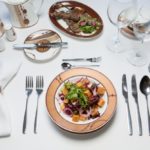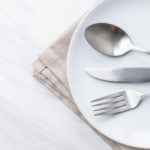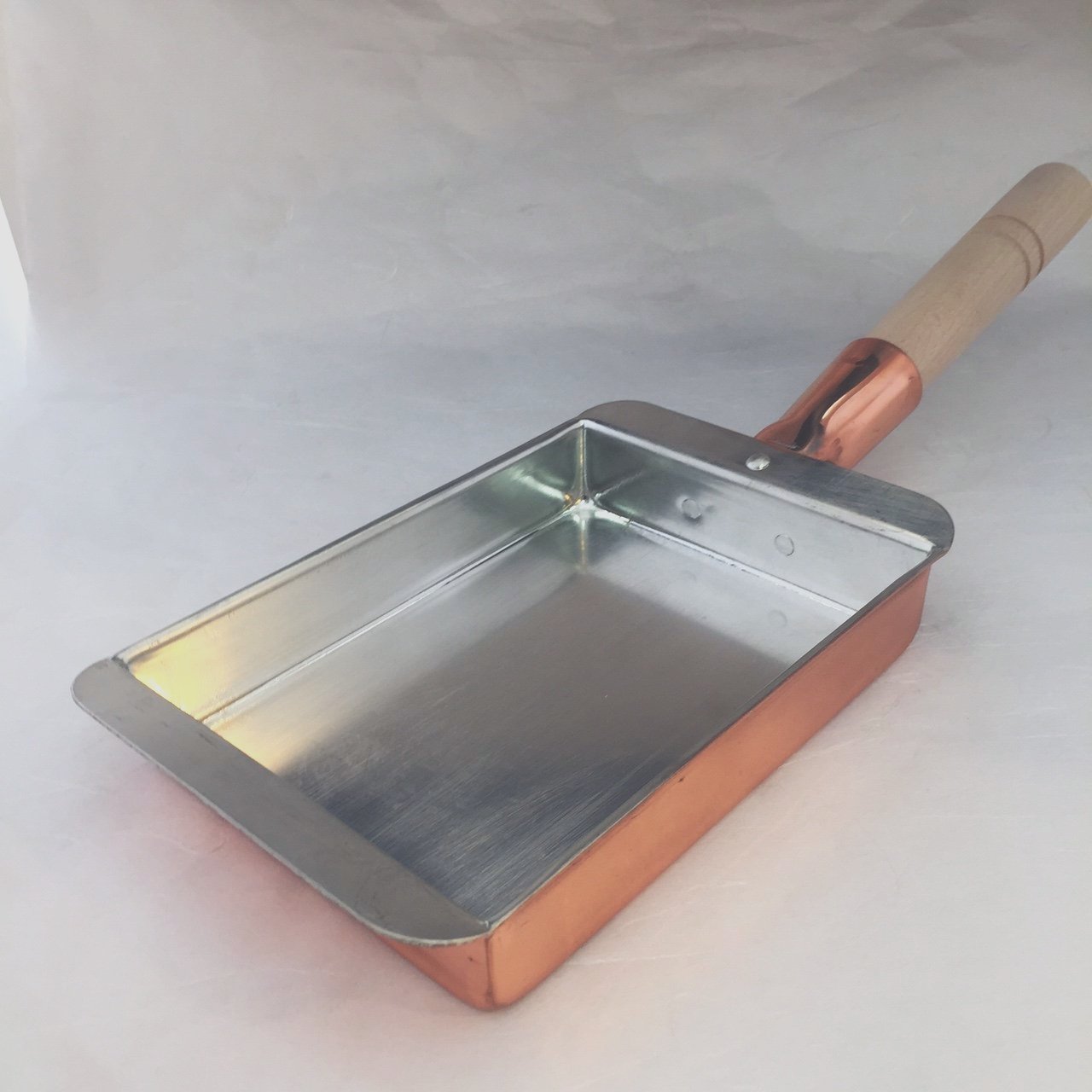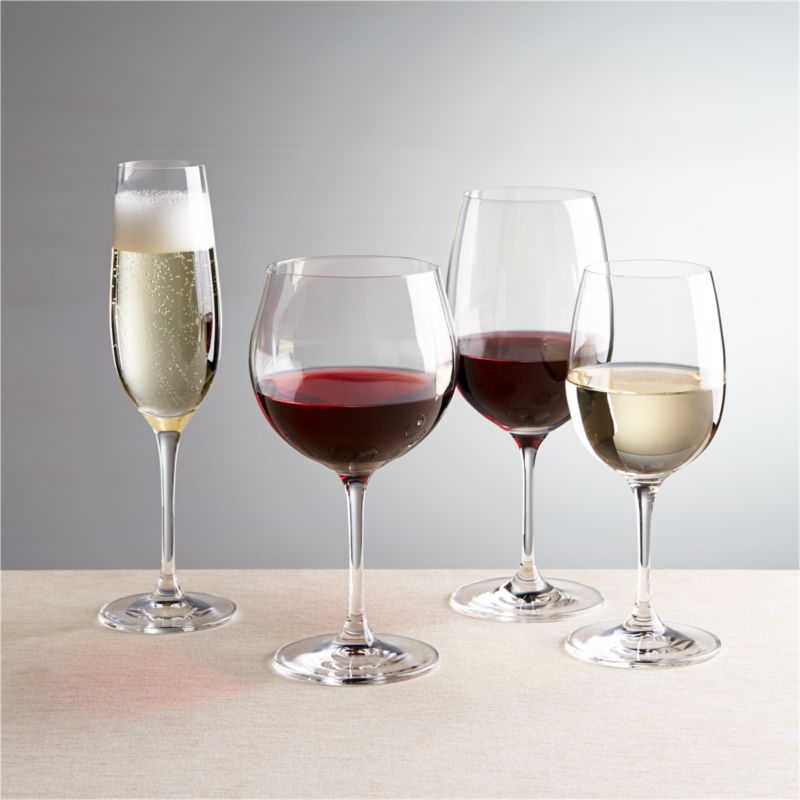How many grams are in a bowl of soup?
Soup is an integral part of the daily menu. It is perhaps difficult to find a person who would refuse a fragrant dish. The food is captivating with its variety - there are soups with meat, fish, vegetables, dairy, cold and hot. A huge number of options collected from various cuisines of the world allows you to prepare a dish for every taste.
As a rule, voluminous plates are used to serve soups - one of the oldest table serving items. Deep models can be found in every standard cookware set. Their main purpose is to serve porridges, stews, broths and other liquid dishes. Typically, this version of the dishes is made of earthenware, porcelain or ceramics and has quite standard sizes.
The content of the article
Capacity of a soup bowl: how many grams does it contain?
Due to the different caloric content and satiety of soups, manufacturers have launched the production of dishes of different sizes. Traditionally, this parameter for dishes for liquid dishes varies between 250–500 ml.
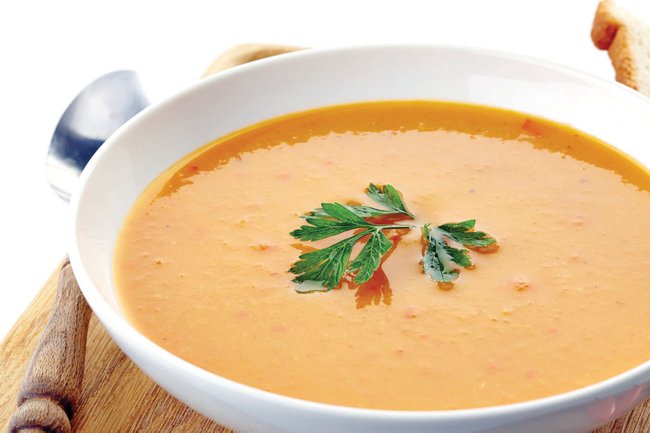
For convenience, it can be measured in the number of ladles. Of course, all dishes are different in consistency, but usually the average volume of a ladle is 100 g of soup. Thus, to get 200 g of the dish, you need to pour a couple of ladles. Large bowls with a volume of up to 500 ml are an excellent solution for large men and those who do not like food restrictions.
The number of grams in a soup plate directly depends on the size of the utensils used and the characteristics of the dish. Capacity of traditional utensils usually does not exceed 250 ml.
Materials, shapes and dimensions of the container for serving the first course
Don’t think that all deep dishes are soup bowls. For example, there are models decorated with handles. This element is not decorative, but quite functional, because this is not the usual deep bowl, but a tureen or broth. They are placed in the center of the table, and only then the contents are poured onto the plates of household members or guests. Next to it (according to the rules of etiquette) a gravy boat, a dish with pies, bread and a bowl of sour cream are placed.
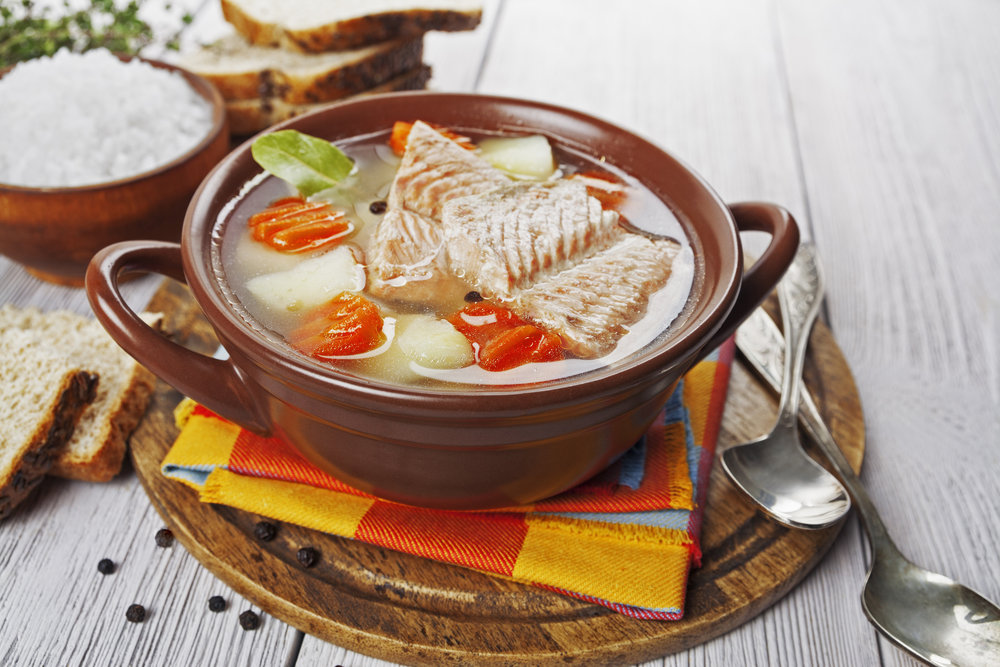
Materials
A variety of raw materials are used to produce utensils for liquid dishes. Moreover, it is impossible to distinguish what is worse or better. The main thing here is to know for what treats and events the service is selected.
The most common options:
- Ceramics. Products made from natural heat-resistant clay. To give the bowls an attractive appearance, they are covered with glaze on top and decorative patterns are applied. The models are quite heavy and massive, but very fragile: they can break if there is a sudden change in temperature or a strong impact. Most ceramic dishes are not dishwasher safe!
- Faience. A type of ceramic, but additionally fired and modernized. The models are heavy, but have a porous structure, and therefore are quite fragile. But with careful handling they will last for a long time.
- Porcelain. Another type of pottery that has undergone repeated firing. After processing, the products are light and durable.Thanks to this, they are highly resistant to aggressive cleaning agents and high temperatures.
Shape and size
The diameter of the top of the products may also vary. Small options - 23-27 cm - are suitable for small children, elderly people and those who are watching their weight.
The soup bowl familiar to many has a completely classic shape - a deep round plate, with a wide top and a narrower bottom. But now on sale you can find original products with the most intricate appearance.
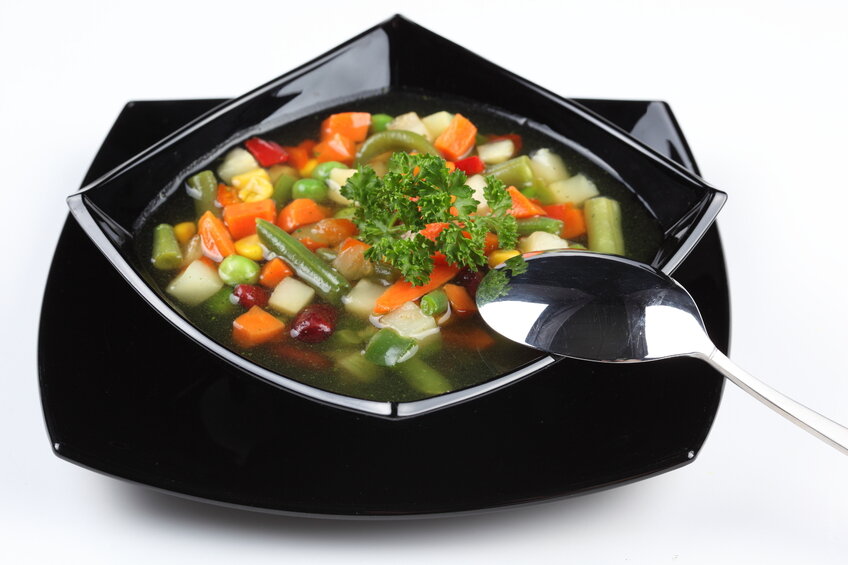
Square, oval or rectangular models look unusual. They will become a real decoration for the holiday table or diversify the daily menu. In addition, unusual materials, such as natural wood, are often used to make such products.
It is worth keeping in mind that utensils made of wood absorb food odors well, and therefore require special care using special detergents.
Why do you need to know how many grams are in a bowl of soup?
Depending on the era of development, humanity had different attitudes towards the ritual of eating. Proper nutrition is especially important now. According to his principles, one should take into account not only the quality of food, but also its quantity. That’s why it’s so important to be able to determine the amount of food on your plate.
This will help you stay healthy and avoid a lot of different diseases, such as obesity or diabetes. Moreover, not only people who control body weight need to avoid overeating, but also other categories - pathologies associated with overeating can appear even in a healthy person.
Knowing the size of the dishes, proper nutrition and quality products are the key to good health and longevity!

